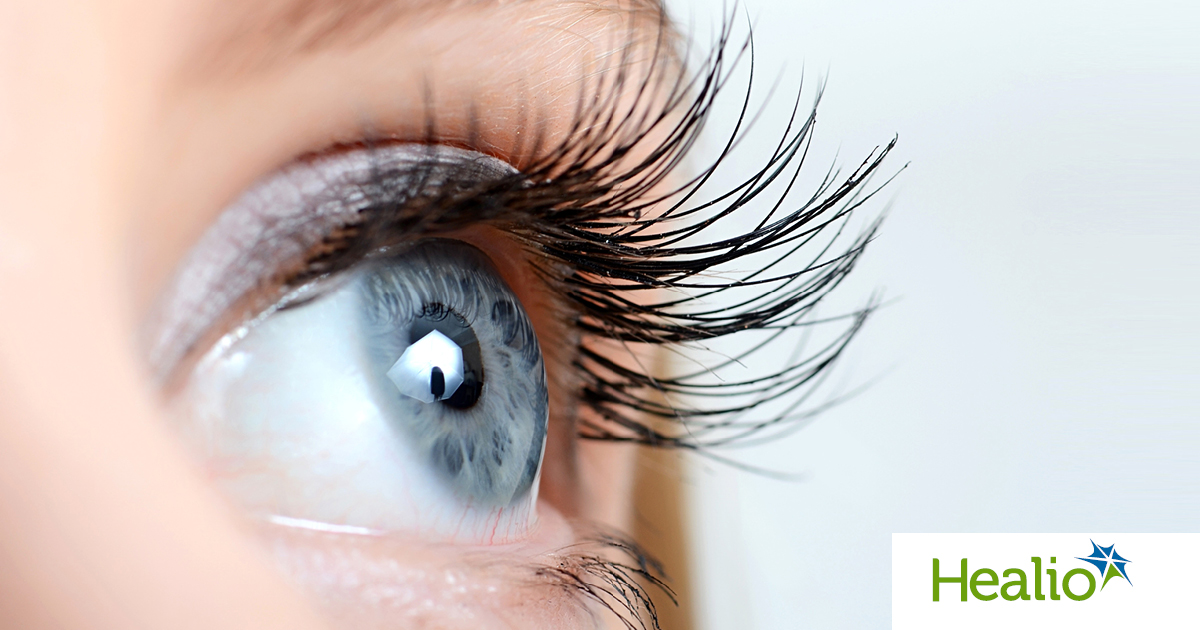Risks for injury, irritation and infection associated with eyelash extensions can be minimized

Eyelash extensions are becoming one of the most popular cosmetic treatments. Salons are offering silk, mink and synthetic additions to natural lashes, while Facebook and Instagram are awash in ads for magnetic lash extensions.
The trend seems to be growing exponentially, with the extensions applied as individual lashes, glued extensions, with a magnetic eyeliner or with a glue strip bought at the local drug store.
Healio/OSN spoke with Purnima S. Patel, MD, clinical spokesperson for the American Academy of Ophthalmology and associate professor of ophthalmology at Emory University, about how to reduce the risk for infection, reaction or irritation when using eyelash extensions.

Q: What are the main problems associated with eyelash extensions, and what are the best ways to prevent them?
A: The main problems are allergic reaction, trauma or infection to the eyelid, lashes or cornea, and damage to the eyelashes or loss of lashes.
Q. What can someone do to prevent complications when receiving lash extensions?
A: First of all, because of the popularity of false eyelashes, we must assume people will continue to use false eyelashes despite associated risks. We want to inform the public about how to make the safest decisions.
False eyelashes come in different materials, a variety of sizes and shapes, and even special embellishments. In general, when pursuing any kind of false lashes, finding a reputable place with trained, experienced aestheticians is important.
Before getting anything placed on the eyelid, the ingredient list of the adhesive, either glue or magnetic eyeliner, being used should be checked. If there is a known allergy or sensitivity to an ingredient, avoid that adhesive. Spot test either the glue or the eyeliner first on a skin location other than the face. Oftentimes a forearm is used because it is hidden.
Q: What are some risks that do not include allergies?
A: Other risks include injuries to the eyelid, the eyelashes or the cornea. Sometimes the lashes are particularly long or heavy and one edge of it dangles down when the adhesive wears off, which could scratch the cornea, causing an abrasion or even an infection. In addition, just having the additional weight of false eyelashes can cause the natural eyelashes to break or even cause lash loss.
Less commonly, an inflammatory reaction, similar to a foreign body reaction, can be seen when an eyelash gets stuck in the covering of the eye or the conjunctiva. That would need to be surgically removed.
Q. Do different lash materials or adhesives have better chances of causing fewer reactions or problems?A: They all run the same risks, as they all are applied with a glue or magnetic liner. So, it is not just the type of false lashes, but also the adhesive being used.
Q: What is the best way to reduce the risk for infection or irritation?
A: The main thing is to make sure you are going to a good, experienced location with experienced, certified aestheticians. Secondly, if it is your first time, make sure you do the skin test. Watch for any skin reactions after the eyelashes have been placed.
Q: What about do-it-yourself versions of false lashes? Do the ones purchased at the drug store pose the same risks, and what can people do to reduce the risks in using them?
A: It is similar in the sense that they can cause damage to the skin, eye and cornea, but it is riskier in that you are getting an inexperienced person handling something they are not familiar with around delicate skin and the cornea.
You should still spot test the adhesive and be extremely careful that the glue does not get in the eye.
I think it is safer to get someone who is trained to apply them, but there is a cost difference, obviously.
Q: What should someone look for in an esthetician?
A: Look for certification. Most states require aestheticians to be certified, especially if they are working in a beauty salon. Find someone who has experience doing this type of particular treatment.
Q: If someone begins to experience a problem, what should they do?
A: Do not self-medicate or remove the false lashes in a dramatic way if they are stuck. Seek professional care from an ophthalmologist right away. More information can be found at Eyesmart.org. – by Rebecca L. Forand
Disclosure: Patel reports no relevant financial disclosures.
